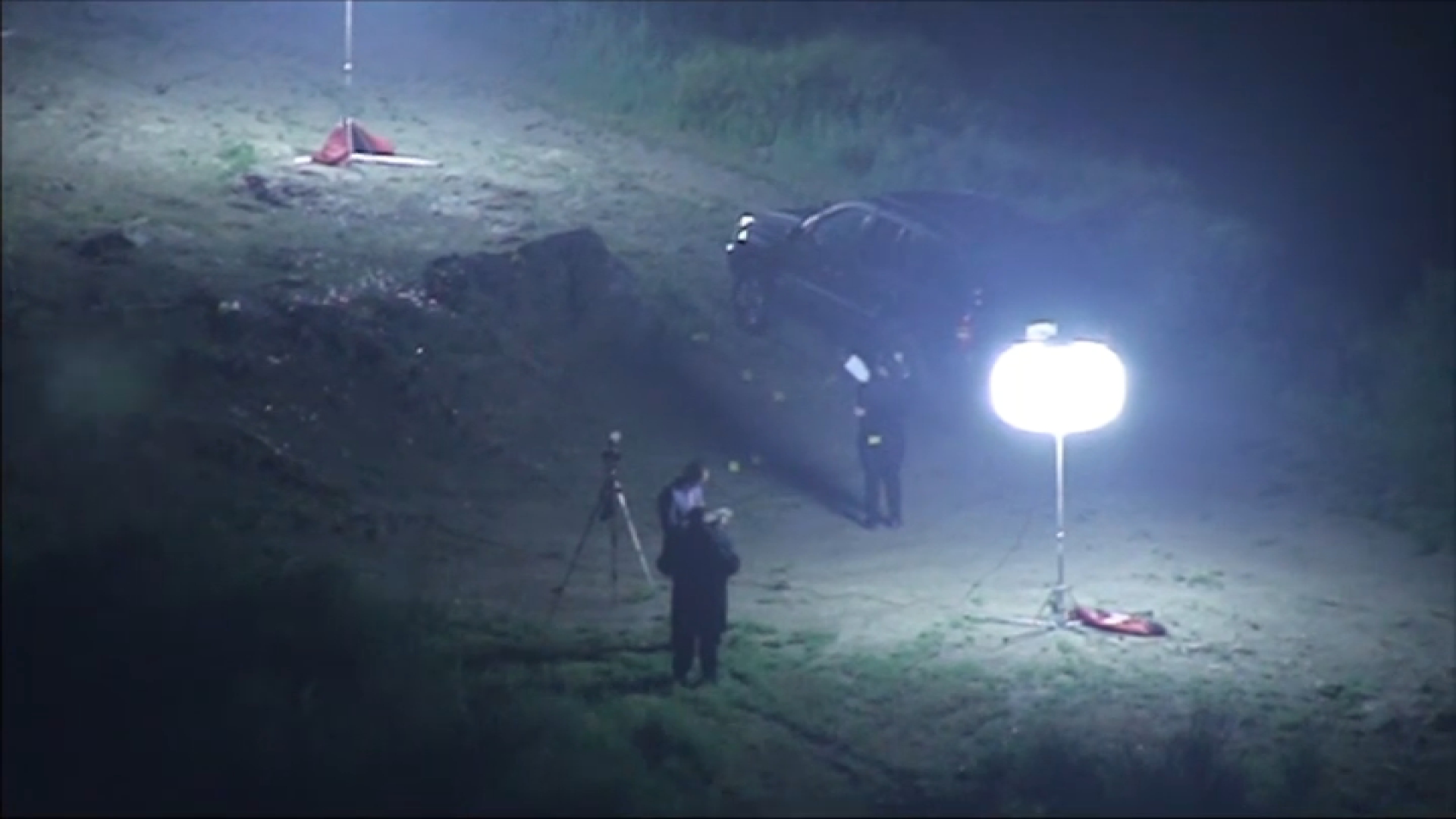The last of three chicks has been born representing a huge victory for hundreds of ecologists and fans who root for the revival of bald eagles in the Channel Islands.
EagleCam: Watch Live From Catalina
Wray, a 26-year-old bald eagle on Santa Catalina Island, hatched the first of her three eggs on Monday morning at approximately 11:15 a.m. The second hatched Wednesday afternoon and the third arrived early Thursday morning.
The chicks are expected to gain 25 grams an hour and should double their body weight in 4 days, according to biologists.
It is also a story that has been gaining traction in popular culture recently: Pesticides — namely DDT — dumped in the ocean nearby the Channel Islands from the late 1940s until the early 1960s are directly linked to the decline of animals inhabiting the region.
Specifically, DDT entered bald eagles’ bloodstream via the fish they consumed, rendering their eggshells too weak to support new life.
Mary Osteen, a volunteer and moderator of IWS’s All Nest Chat, said it was only until recently that eggs had to be removed from the mother and artificially incubated; in some cases, foreign eggs from as far as British Columbia were brought to Catalina to help restore the population.
Because the situation only began to turn around in 2007, Osteen said a birth like Wray’s is still great cause for celebration.
According to Osteen, since 2007, six pairs of bald eagles have produced eggs to an average of two hatchlings a year without outside help.
“It’s promising,” Osteen said. “It seems to point to a good intervention of humans in reducing and diminishing the spread of those barrel toxins and giving the eagles a foothold back again.”
Wray too hails from Vancouver Island in British Columbia and is apparently quite the femme fatale around Catalina Island. When her usual mate, Superman — an eagle 14 years her junior — took flight last summer, Wray's devoted followers watched online with bated breath as a 5-year-old eagle, tagged as “K-51” but more popularly known as “Romeo,” attempted to fill the void.
“There’s so much drama; we call it ‘When the Nest Turns,’” Osteen said.
Eventually Superman returned and resumed his rightful place in Wray’s nest.
Though conditions are improving and interspersed with lighter moments, threats to the species still exist.
The eggs — and the newborn chicks — are susceptible to attacks by predators on all sides: the Catalina Island Fox, gulls, rattlesnakes and ravens. Jackie Kolves, a loyal Catalina eaglecam watcher in Illinois, witnessed such an attack.
Watch the video below.
"It was a pretty intense moment," Kolves said.
She said she started watching the eagle webcam in 2006 during an snowstorm.
"When you're looking at a bald eagle, the expression is almost like a top dog, very bold and strong," Kolves said. "But when you watch them feed their chicks, they're just soft and gentle, and their parental skills are amazing."
Watch the drama unfold at the IWS website.
Local
Get Los Angeles's latest local news on crime, entertainment, weather, schools, COVID, cost of living and more. Here's your go-to source for today's LA news.



